In 1941, the members of the Mendoza Legislature, passed an act creating a Governmental District, where administrative activities would be concentrated. The chosen land used to be a part of Quinta Agronomica. It was inaugurated in 1951.
Barrio Cívico (Civic Neighborhood) is an important architectural group of buildings surrounded by beautiful gardens. The flag of the Ejército Libertador (Liberation Army) is exhibited on the ground floor of the Government House, guarded by the soldiers of Tupungato Mountain Infantry Regiment Nº 11 “General Las Heras”, (the oldest in Mendoza).
The PALACE OF JUSTICE is located on Avenida España. It has a solemn façade with 14 impressive rounded pillars that cover most of the front of this building. They give an imperial and classic look to its entrance staircase. It was created by the architect Eduardo Blanco in 1940, and it opened in 1960. This distinguished building is located diagonally from the Provincial Government House, and it is in front of a big park. A visit to the Civic Neighborhood surely includes a visit to this well-known building of Mendoza.
The GOVERNMENT HOUSE is the first example of the modular building system in Mendoza.
The FLAG MEMORIAL. It is a recreational park, recreation and reflection, which highlights the history of the flag of the Army of the Andes and the meaning of St. Martin in the life of people from Cuyo. Here is the definitive place where you can find the Flag Army of the Andes that was placed in the Government House and the installation of two standards that General San Martín capture in battle of Chacabuco in 1817. This standards were taken to Buenos Aires and repatriated from the opening of the Memorial in August 17, 2012.
Historians say that San Martin needed a flag for the army. But the new things that bring our historians is that not only the ladies provided the jewelry for the liberator but you were the nuns belonged to the monastery of good teaching, who directed the implementation of the Flag of the Andes.
“Those nuns were the real makers of this flag and not only were the Mendocinian Ladies which donated their jewelry to the Flag and but also there were donations from all people of Mendoza that brought everything they had, that is why San Martin is so deeply rooted in Mendoza “.
The flag was made of silk and it had jewels that adorned it, but they are not at the moment.
The building is located in front of the Government House, is an underground access structure with three rooms. The most important room will house the Army Flag of the Andes. This is a large area specially arranged for the flag. It will have a temperature control, lighting and humidity to ensure their conservation.
In the second room, with the same safety features, will house the two standards that San Martin took the royalist forces in the Battle of Chacabuco (1817). Recovered to the province after their stay at the National History Museum. This site will also have symbolic elements of the epic Sanmartiniana exploit, such as sides where the hero depicted symbolic aspects of time.
The third exhibition room of the Memorial was prepared to be used as conference space and audiovisual presentations explaining the site and the history of heritage objects and documents. It has 48 seats, carpeted floor and a high quality acoustic quality. At the top of the structure, you will be able to enjoy a park worked in the recovery of 5 hectares of green space. The park has a circular fountain that has been restored with water and light game.
PARQUE ECOLOGICO (ECOLOGICAL PARK). To the west of Barrio Civico, a green space featuring sculptures and fountains is to be found. It is surrounded by the Customs Building, the Congresses and Expositions Center and the Enoteca de las Artes (Wine Arts Museum).
TERRAZA MIRADOR (TERRACE). Form the top of 30- meter high Municipalidad de la Capital building, which is open to the public, an impressive view of the oasis city, and the mountains can be enjoyed. Besides, the surrounding landscapes can also be viewed through a telescope reaching 50 km far.
CENTRO DE CONGRESOS. Centro de Congresos y Exposiciones “Gobernador Emilio Civit” is located in Barrio Cívico and it is surrounded by parks and gardens. Its versatile structure is composed of three buildings that complement and embellished each other. In the central body, the Arts Enoteca and the modern Auditorio Ángel Bustelo offer a great response to every need: from congresses to popular parties.
Esta entrada también está disponible en: Spanish Portuguese (Brazil)




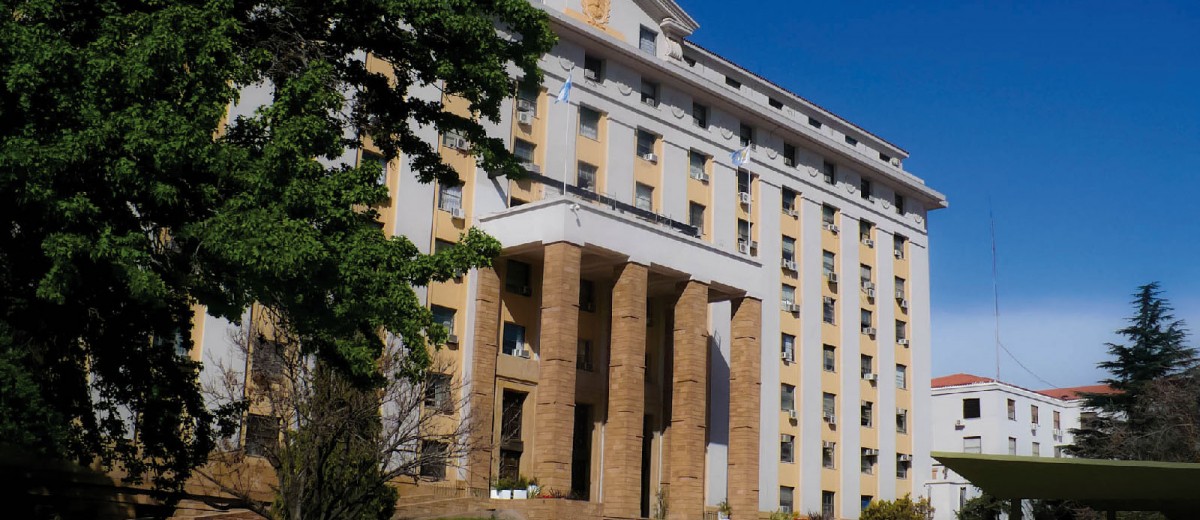
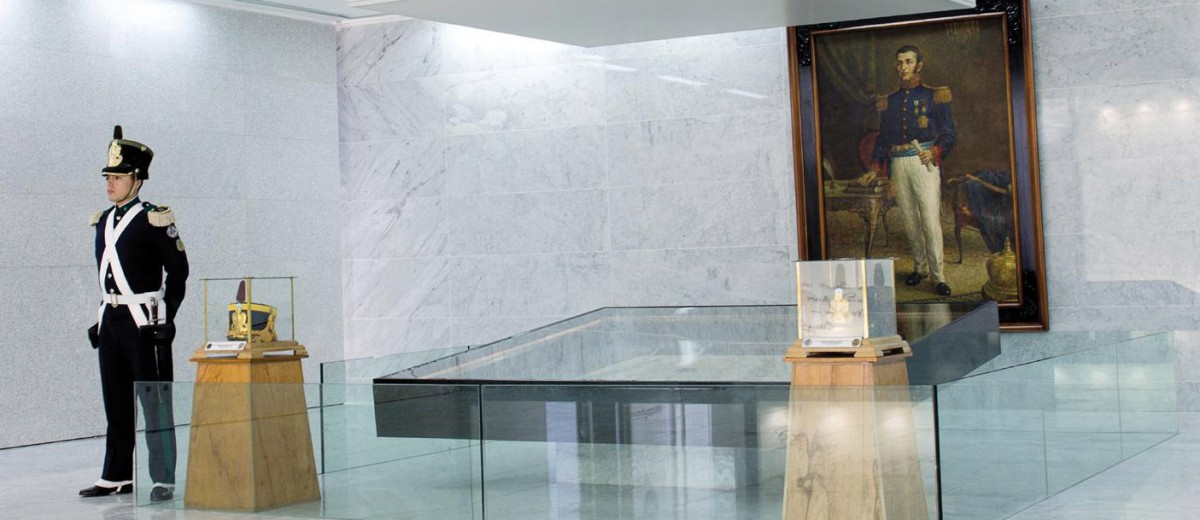
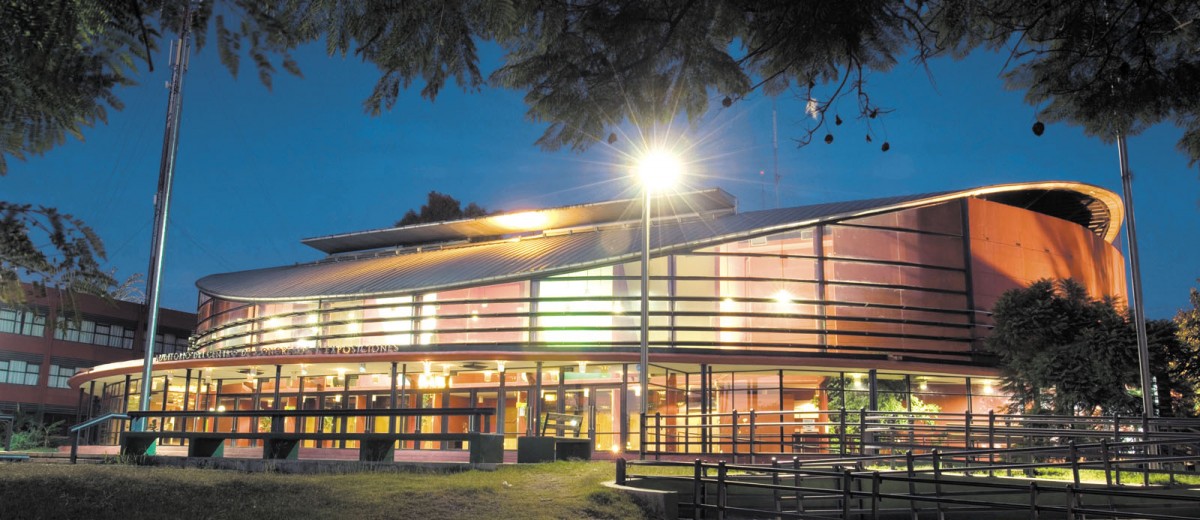
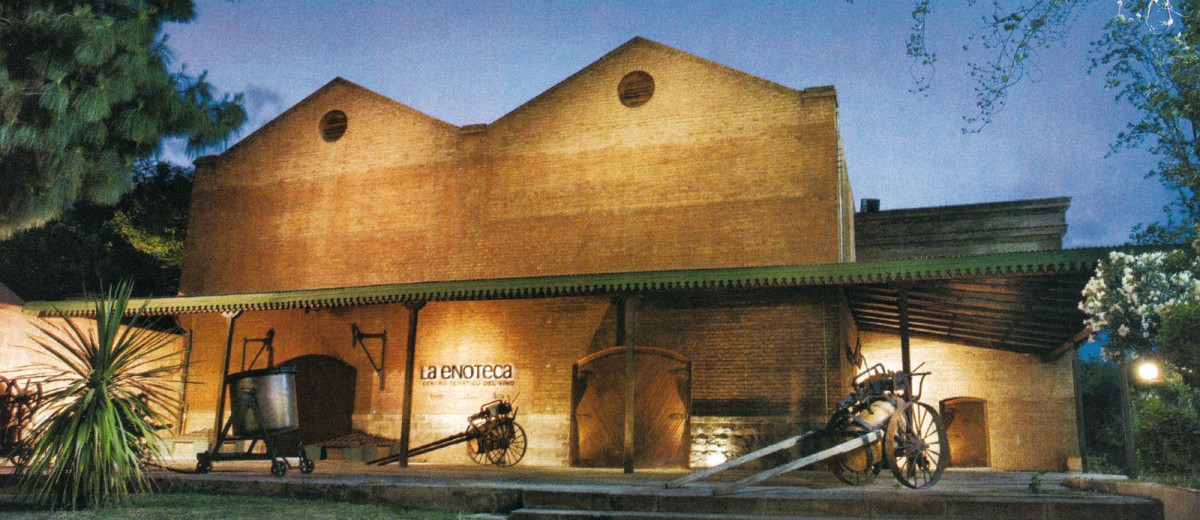
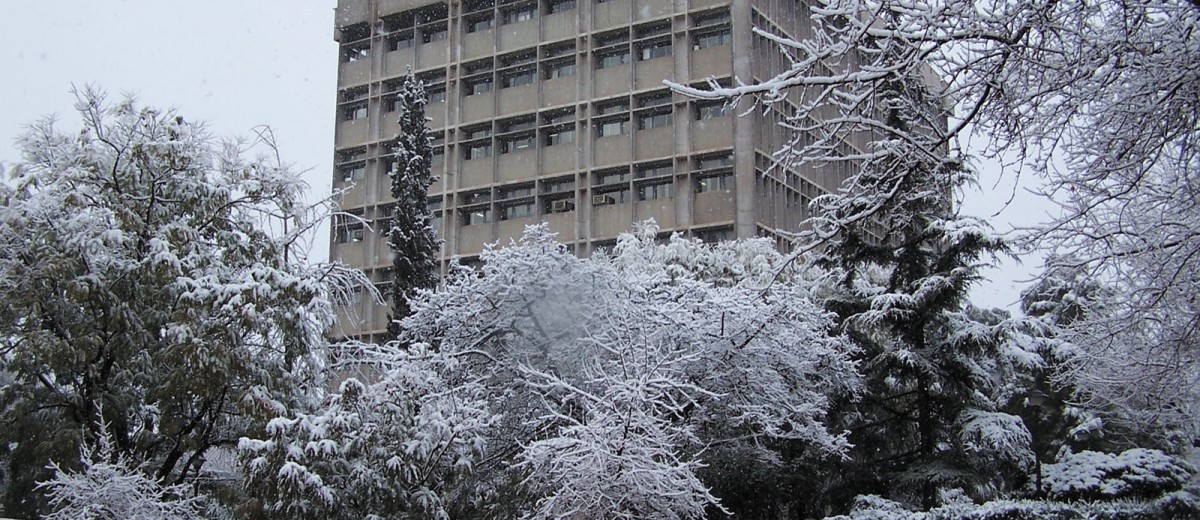
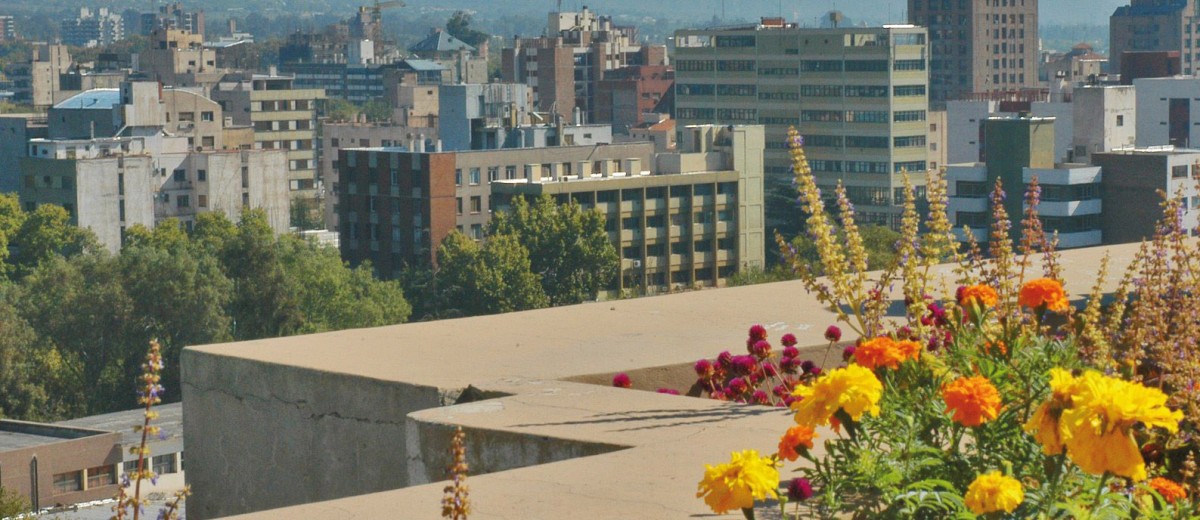
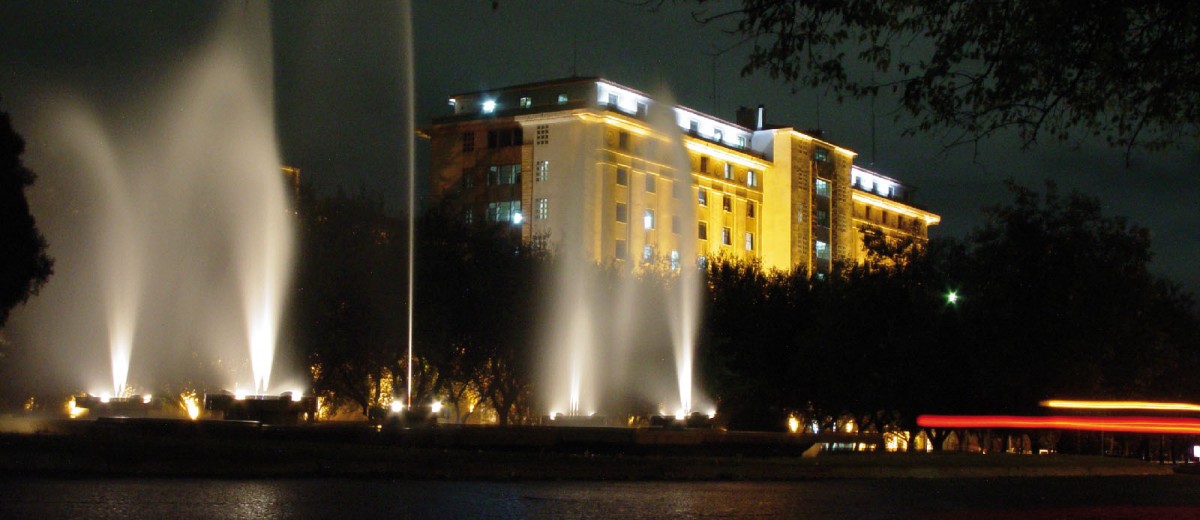

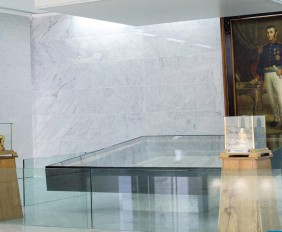
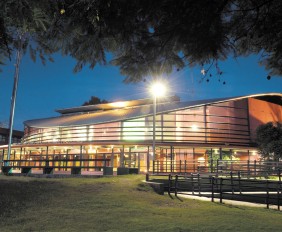
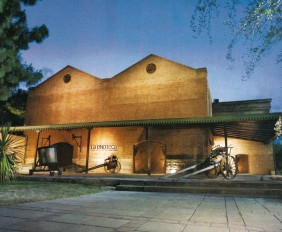
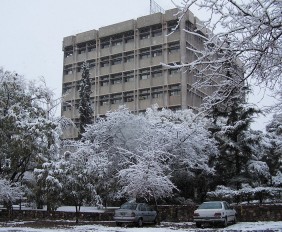
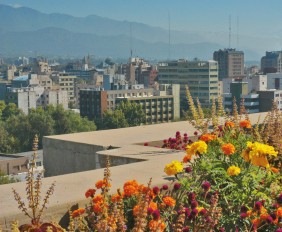
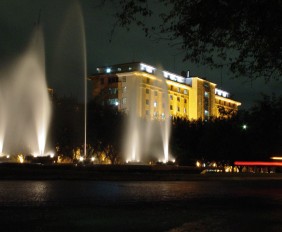
¿Qué te pareció la publicación?